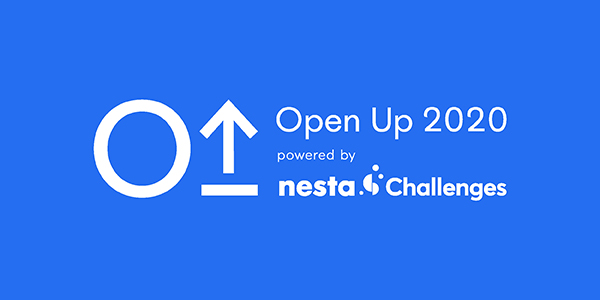
The pressure to produce innovative marketing might seem like it never ends. No matter what industry you’re in, you need to attract clients and sell your services in order to keep your business afloat. There are many ways to do this, but you should first consider what your customers are ultimately looking for. Marketing should provide reassurance and demonstrate value — and that’s why turning your data into images can translate into profit. Let’s take a look at what you need to know.
Data Visualisation Starts with Decision-Making
Any business owner knows that making decisions can be tough. After all, there are many factors to consider, and it can be hard to know which direction to take. However, data can help. By taking the time to collect and analyse data, and to get a clear visual representation, you’ll have a better understanding of what your customers want, employee performance and where your business needs improvement. In addition, data will help you spot trends and identify opportunities that you might otherwise have missed.
Using Data Visualisation in Your Digital Marketing
Data visualisation is exactly what it sounds like — the practice of taking raw data and representing it in the form of an illustration, chart, or infographic. It’s a common method used across STEM fields, and it’s quickly emerging as a valuable strategy in the business world. You can apply this strategy to data regarding sales, customer satisfaction, or conversion rates. Creating a graphic to represent this information can help your staff — and yourself — understand it better.
Data visualisation can be valuable to your company for other reasons, too. It helps turn abstract data into an easy-to-understand image, which makes it ideal for use in training materials. In addition to its potential benefit for internal applications, it’s an effective tool for use in digital marketing campaigns.
Few strategies are as effective as a marketing campaign that shows prospective customers the benefits of your brand. You can use data visualisation to demonstrate client satisfaction rates, the volume of your business, and other selling points that can be presented persuasively. Data visualisation is particularly well-suited to digital marketing because graphics can easily be uploaded online.
Many businesses like to share data visualisation images in their social media marketing campaigns as they engage with customers. If you’re exploring ways to upload a PDF onto Facebook, keep in mind that PDFs can only be posted on business pages.
Demonstrating Value to Customers and Investors
In addition to the value that data visualisation offers customers, it’s an innovative tool to use when addressing investors. Anybody who’s considering funding your business will be most motivated by cold, hard data — but this doesn’t mean that you shouldn’t present it in a digestible form. Data visualisation allows you to do both, which investors will likely appreciate.
Remember that digital platforms aren’t the only venue you can use for data visualisation. You can print a graphic on paper and hand out flyers just as easily as you can post them on social media. In fact, flyers are a great way to promote your business — one study found that 48% of flyer recipients sought more information about the brand advertised
To create your graphic, you should look for data visualisation tools that can easily convert numbers into images. Some of these tools are available online, and others are software that needs to be downloaded. You should look for an effective tool until you find one that creates the image you envision.
Market Smarter With Data Visualisation Techniques
Data visualisation might sound like a buzzword, but it’s much more than a buzz. It’s an innovative technique for connecting with customers more effectively and representing information clearly. In addition to the value it can offer your own company, it’s a great way to market to investors or launch a digital marketing campaign online.









